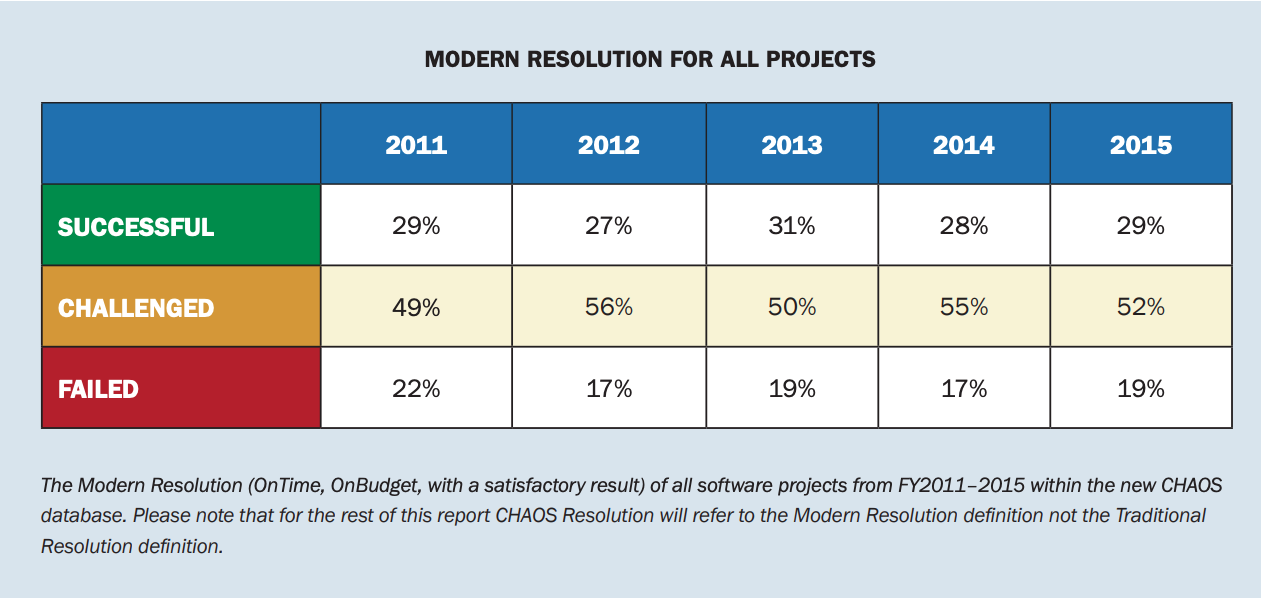6 Key Benefits of Business Analysis for Software Development Teams
Organizations are increasingly dependent on business analysts (BAs) to navigate the digital transformation landscape. BAs play a crucial role in examining data patterns and industry trends, helping organizations identify the most effective ways to adapt their products and processes to provide value to customers and stakeholders.
However, what are the specific advantages of business analysis for startup founders and established companies? Why is it essential to harness the insights that a business analyst can offer throughout various stages of project management, particularly in software development projects? In this article, we will delve into the key benefits of business analysis for both companies and startups, with a specific emphasis on software development projects.
Understanding Business Analysis in Software Development – Part 4
This article is part 4 in a five-part series about business analysis, business analytics tools and techniques.
The key result is to influence through this practice the success of your product and shorten time to market thanks well-chosen tools to support your software development efforts.
← Value-driven Business Analysis Tools & Techniques
New business opportunities with value-driven workshops →
For the last few decades, as the sun has been setting over outdated analog business processes and rising on the dawn of new digital ecosystems, the business world has moved sluggishly at best to reach that far horizon, and embrace what has come to be known as “digital transformation.” That is, using new digital technologies to modify and enhance existing business processes or replace them with all new ones. So, why organizations should rely on business analysts to guide their digital transformation journey? Whilst developing software for companies and startups, we identified six key benefits of business analysis:
- Eliciting requirements for a project
- Communication bridge between different stakeholders
- Project implementation and testing
- Cost reduction
- Strategy and decision making
- Identify the market status of the business
- Project characteristics
Before we dive into those topics, let’s take a quick look at some of the most common reasons for the complete or partial failure of IT projects, and how a more thorough business analysis could have helped avert disaster.
Top 5 most important factors for IT project success or failure
The original Standish Group CHAOS Report on reasons for IT project failure (and components that increase success rates) was published way back in 1994 and has been updated every year since. Incredibly, most of the same conclusions about why IT projects fail are the same in 2020 as they were 26 years ago! The statistics have improved since then, but not by as much as we would expect after two and a half decades of process digitization around the world.
For example, in 1994 researchers measured the rate of “successful” projects at just 16.2%, while “challenged” or partially complete projects came in at 52.7%, and the complete failure or cancellation of the project at 31.1%.
By contrast, as outlined in the 2015 CHAOS report, modern resolution rates were around 29% for successful projects (defined as “on time, on budget, with a satisfactory result”), 52% challenged, and 19% failed.

Over the past two decades, the IT industry has seen a significant increase in successful projects, nearly doubling in number, and a decrease in failure rates by over a third. However, the progress for “challenged” projects has been relatively modest. This implies that more than half of IT projects are still encountering issues, such as being completed behind schedule, exceeding budget limits, or delivering unsatisfactory results. Here are the top 5 reasons for project success or failure, as outlined in the report:
Top 5 reasons for IT project success:
- User involvement
- Executive or leadership support
- Clear project requirements
- Thorough planning
- Realistic expectations for success
Top 5 reasons for IT project failure:
- Lack of user input
- Incomplete technical requirements
- Changing specifications
- Lack of support from leadership
- Technical incompetence
Indeed, business analysis plays a crucial role in defining and addressing the points outlined in the checklist for product owners and project managers. It serves as a valuable framework for understanding the tasks and responsibilities of a business analyst throughout the project management lifecycle. Many experienced software development team members can readily identify instances where these factors have impacted the outcomes of IT projects. Think of it as a snapshot of the existing process or architecture, recognizing that it can evolve rapidly as circumstances change.
How software development benefits from business analysis
At DO OK, we have developed a unique process for leveraging value-added business analysis tools & techniques, as well as discovery workshops & product development workshop methodologies, to help startup founders and established companies better understand their business requirements, their products & services, and themselves. Let’s take a closer look at some of the top 6 benefits of business analysis that we have identified during thousands of hours of digital consulting with many clients across a wide variety of industries.
1. Eliciting requirements for a project
The BA gathers all the necessary technical and business requirements for a minimum viable product (MVP) or final product, in cooperation with all stakeholders, including software engineers, project managers, product owners, company leadership, and employees. Ideally, this research includes input from customers or end-users, since they are the individuals who will use the product and are best placed to inform you about product functionality, their challenges, successes, and failures using the product. Including end-users will also tell you if attempts to get buy-in are introducing other unexpected artifacts or processes to product users that could impact the overall return on investment (ROI).
Without proper and thorough business analysis before building the software, developers may end up designing incomplete applications that fail to solve the problems they were intended to. Even worse, the software may have to be rebuilt, or scrapped to start again from scratch, after significant time and money investments have already been made.
2. Communication bridge between stakeholders
The role of a business analyst is akin to a bridge connecting stakeholders and the development team. They possess the ability to translate business requirements into technical terms, ensuring that developers and engineers can comprehend them. Simultaneously, the BA conveys the concerns and insights of the project team to the relevant stakeholders, promoting mutual understanding and breaking down silo boundaries. Fulfilling this crucial communication gap has broader benefits for the entire organization, spanning both the business and development sectors. It aids in conveying the value that the project aims to deliver. This safeguards against misunderstandings and the potential development of a product that diverges from the customer’s vision. Moreover, it mitigates the risk of future communication breakdowns related to product requirements or specifications, such as missing features, while fostering healthy business relationships.
3. Project implementation and testing
The actual building or development phase of the project includes preparing and implementing the application or software solution necessary to fulfill business requirements in the form of a successful, working product. Business analysis plays a significant role in implementation and testing, working with the testing team to review features and overall functionality of the application as it is being built.
The BA ensures that the developed product meets all specified requirements from the product backlog and technical documentation during application walkthroughs and other testing activities in each release cycle. They also participate in actual product testing, so can provide direct feedback to the entire project team regarding compliance with requirements.
During the implementation and testing stage, the business analysis also helps with crisis anticipation and change assessment. All this increases the likelihood that the final product will meet specified end-user requirements, within the stipulated timelines and budget.
Need professional software business analyst? Contact now!
4. Cost reduction
One important advantage of business analysis is helping to reduce company costs. BAs use data analysis and recommend work methodologies to create strategies intended to lower project costs. Depending on the software development framework the team is operating under (Waterfall, Agile, Scrum, Lean development, etc.), the BA briefs the team on how to work and monitors the process for any pitfalls or potential efficiency improvements. This helps to keep costs down and improve time to market (TTM) of the finished application. There are a thousand ways that business analysis can help to reduce project costs and overruns. In one example from our consulting, we helped a client develop a video conferencing solution to choose between two potential implementations of an open-source framework to develop their application. Their options were:
1. Include new features only, on top of the existing open-source framework. This would reduce initial development costs, but limit their options in terms of being able to grow and customize the platform in the future. If the company secured additional investment or wanted to expand, the existing code would have to be rewritten and the product roadmap changed, at significant additional costs.
2. Refactor the code from the ground up. This option would address all the technical issues with the existing code identified by our business analysis, and leave the app prepped for additional development with no need to rewrite the code in the future. Short term costs would be higher, but refactoring would provide a great deal of flexibility for adjusting product features and business planning in the future.
5. Strategy and decision making
Arguably, one of the most significant advantages of business analysis is its capacity to enhance decision-making on behalf of the company, benefiting stakeholders and investors alike. Business analysis facilitates structured, logical discussions about the company’s performance in the market, identifying areas for improvement or opportunities, and comprehending the factors affecting expenditure increases or the pursuit of higher profit margins. Through business analysis, companies can devise high-level strategies for enhancing products, services, and business processes, as well as embracing digital transformation to remain competitive in the modern digital marketplace. Although this advantage isn’t limited to software development, high-level planning impacts every facet of the company’s operations, including the development and modification of IT products.
6. Identify the market status of the business
Understanding your company’s position within the broader market landscape, the value it delivers to customers and stakeholders, and identifying the closest competitors are all areas where business analysis excels. Modern data analytics offer a wealth of information about your customers and competition, but they can’t reveal the entire narrative about the emotional values and needs satisfied by your software product, the challenges and successes experienced by end-users during its use, and how your product roadmap addresses a niche that competitors fail to satisfy. One of the primary responsibilities of a business analyst is to scrutinize all of these factors and present the information in easily comprehensible formats, aiding product owners in making informed decisions about how to proceed with project development. A proficient business analyst is also a skilled storyteller, using visual presentations to distill complex datasets into easily digestible insights that provide a comprehensive view of the market landscape for both team members and stakeholders.

Business analysis is essential for digital transformation success
Software companies are increasingly realizing the advantages of business analysis in guaranteeing the utmost quality of their products, services, and customer interactions. No other research discipline has the same potential to cut project costs, enhance production speed and efficiency, and devise cost-effective, value-centric solutions for employees, customers, and users across the board. When it comes to embracing new technology and process digitization during the digital transformation era, business analysis offers an array of advantages, tools, and techniques that can assist any company in its growth journey.
You can check out our first Business Analysis Case Study, where we share a success story from one of our digital consulting clients, and how they were able to leverage the benefits of business analysis to craft their future-thinking unique solution for the retail industry.


